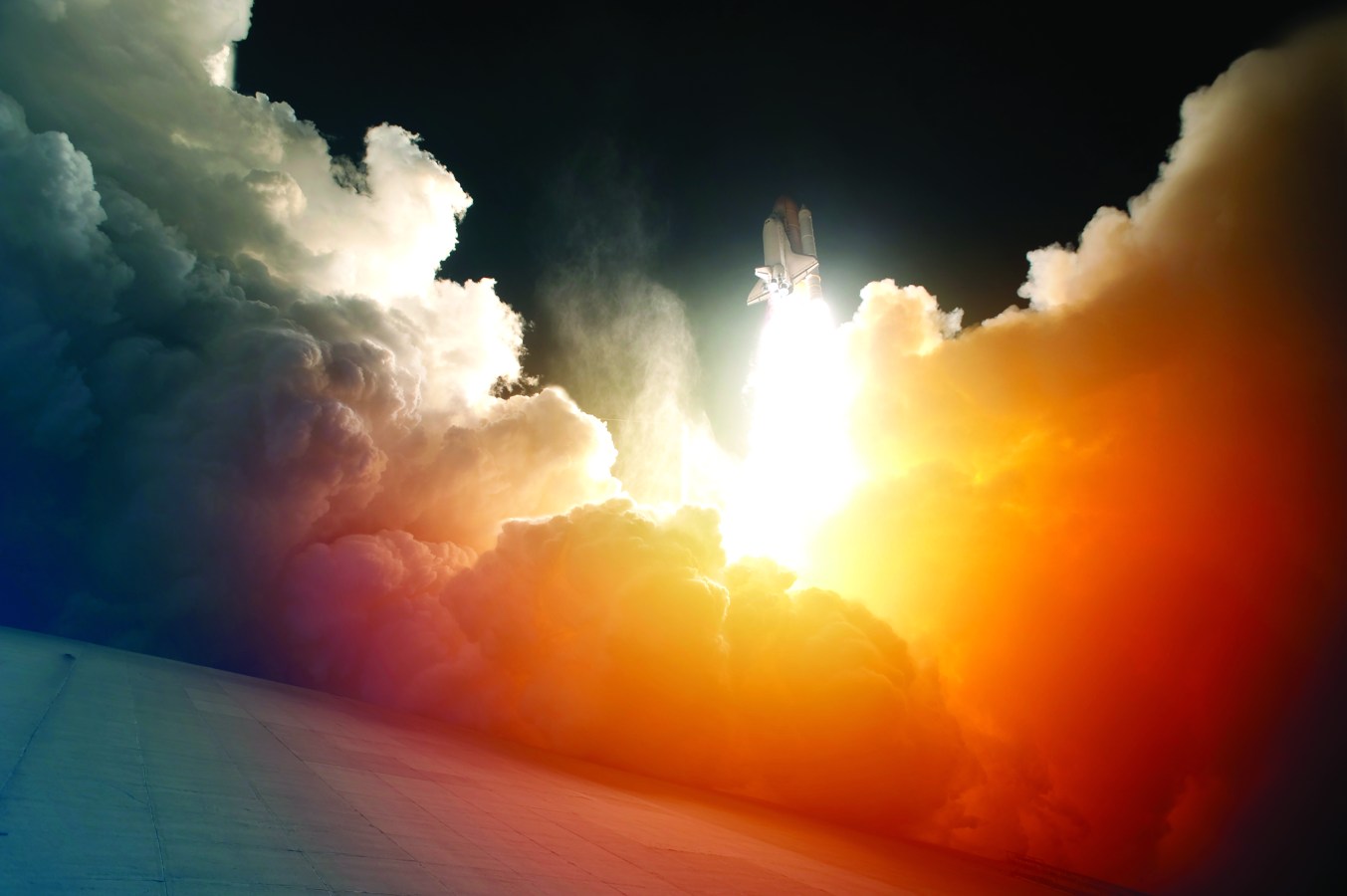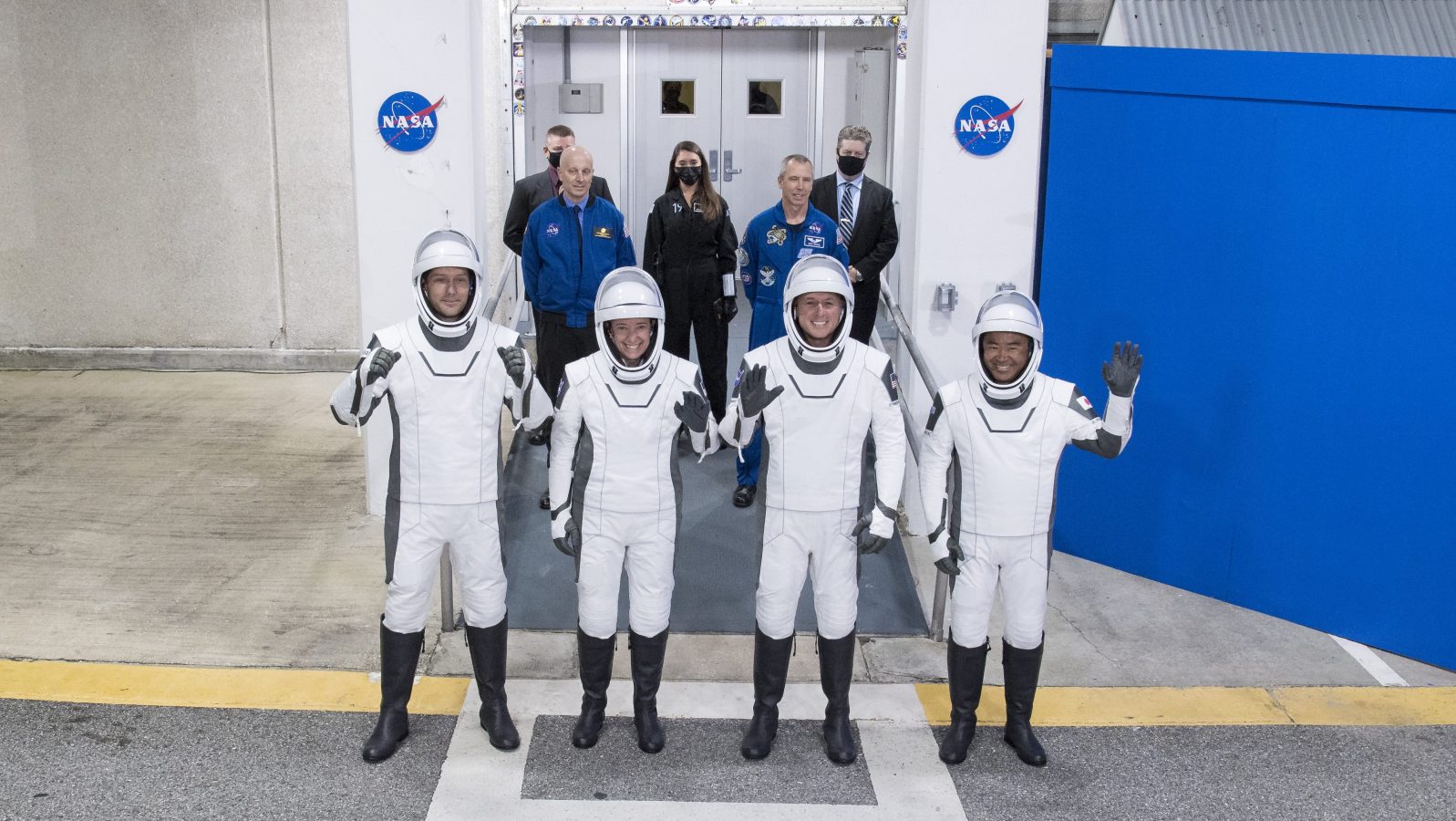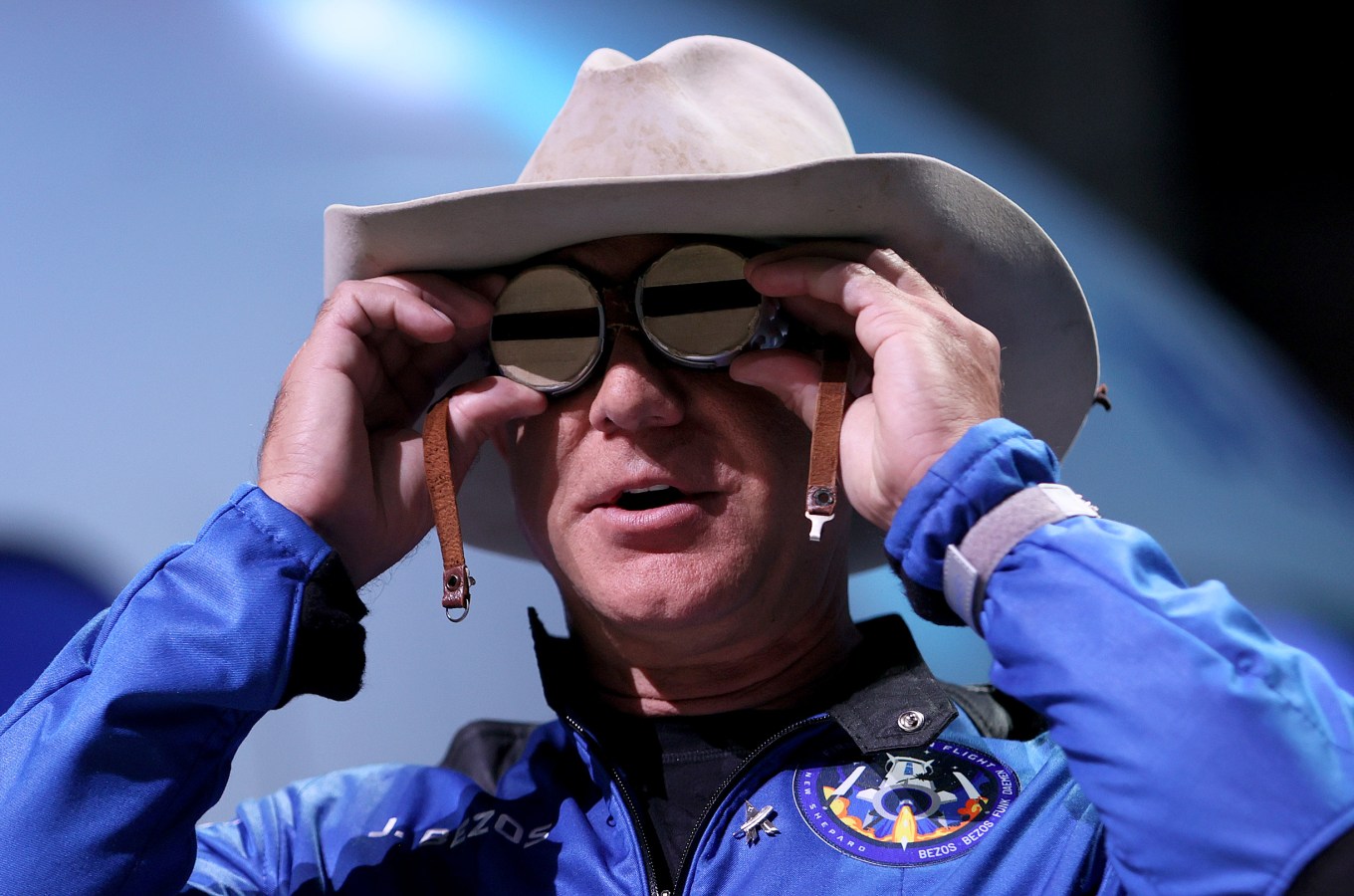From flying lessons at Sydney’s Bankstown Airport to astronaut training in Germany. The 39-year-old is a champion of girls and women in STEM, and is reaching for both the International Space Station and the stars.
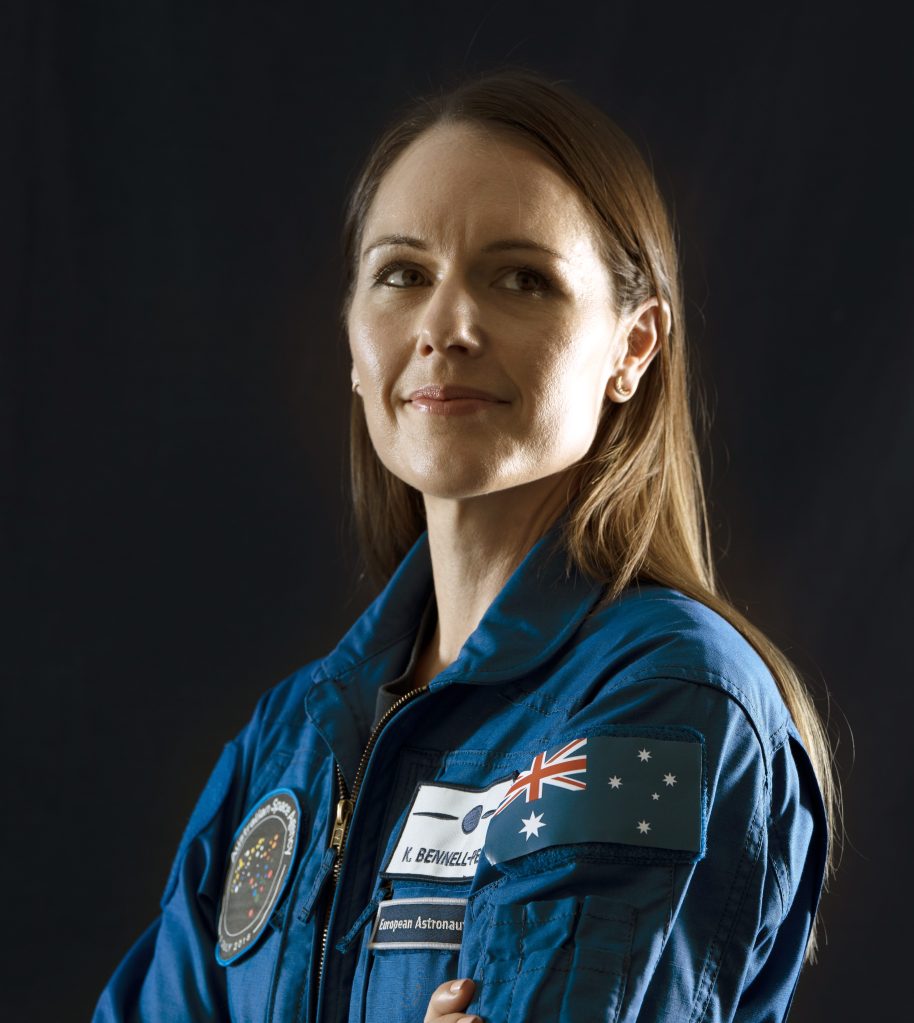
Born in Sydney, Katherine Bennell-Pegg’s home base is now in South Australia where the Australian Space Agency is located and she works as the Director of Space Technology. The astronaut candidate is currently in Cologne, Germany in training with the European Space Agency.
“I had a childhood dream to be an astronaut,” says Bennell-Pegg. “An astronaut dream is something that a lot of kids get excited by – it’s a really powerful dream to have. Because you can find many different pathways to become an astronaut, and if you don’t quite get there, the backups are phenomenal.”
The 39-year-old’s training in Germany finishes up in six weeks, and from there she will be qualified for missions to the International Space Station.
The program she has undertaken with ESA covers medical training, robotic arm simulations, sea survival, foreign languages, human centrifuge, hypoxia, hypobaric awareness, and spacewalking. The training program officially qualifies Bennell-Pegg to be an astronaut, and she will be the first Australian to train and fly with the Australian flag on her spacesuit.
“My background is in space engineering, I also studied physics. I’ve worked in this field for almost 15 years, and I’ve had such a great experience working on the most exciting space missions that I could have hoped for.”
Katherine Bennell-Pegg
Two other astronauts, South Australian Andy Thomas and oceanographer Paul Scully-Power have been to space previously. Both Thomas and Scully-Power flew with the American flag on their flight suits, however, because they were dual citizens. Bennell-Pegg would be the first to fly wearing the Australian flag.
Fellow Australian Meganne Christian is also part of the program, however, she has not flown yet.
The path to get to space has not been simple. Bennell-Pegg’s parents, who are both accountants, supported her big ambitions from a young age.
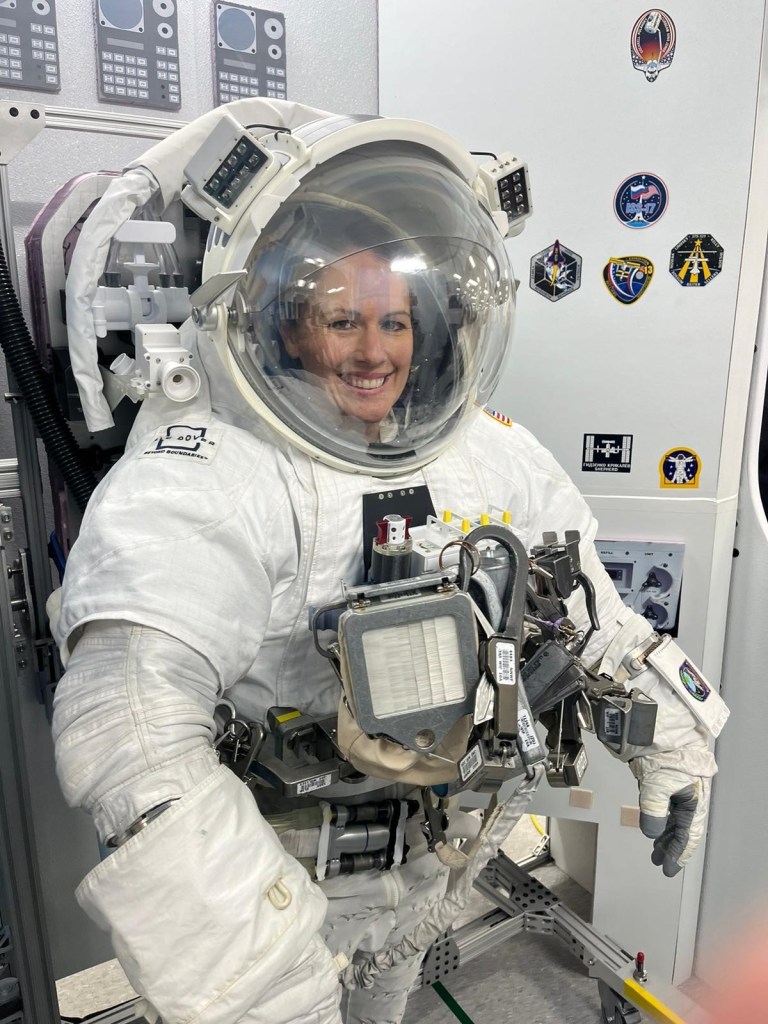
“My parents were able to give me some aerobatic flying lessons so I could try out these different career pathways. They supported me by researching and asking what would be possible, so I did some flying out of Bankstown Airport. They saw how positive it was for me, and it got me interested in science.”
A curious mindset, focus on STEM (Science, Technology, Engineering, Math) and a lot of hard work got Bennell-Pegg to where she is today.
“I was in the Army Reserves, I went to India with Engineers Without Borders. I enjoy things like being in the emergency services and surf lifesaving and lots of different team sports. Flying was something I did as a teenager,” Bennell-Pegg says.
Related
In addition to those extra-curricular activities, the European Space Agency looks to train people to be astronauts who have a core competency in STEM.
“You had to have be an expert in some kind of STEM field, or be a pilot, which I would consider under the umbrella of STEM. You had to have ideally two masters degrees in a STEM field, or a PhD, plus at least three or so years experience in that field” Bennell-Pegg says.
Illustrating the ability to not just be a scientist, but to also undertake challenges within a high-pressure, challenging environment was key to getting accepted into the program, according to Bennell-Pegg. She is now in training with candidates from France, England, Spain, Belgium and Switzerland.
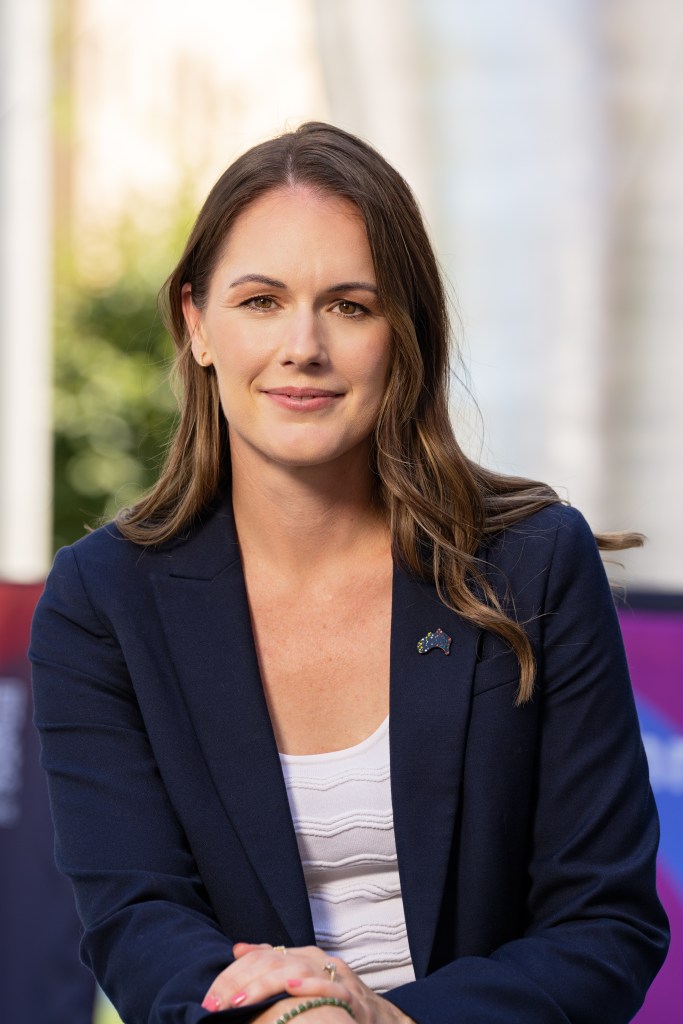
“The European Space Agency is very international and was looking for people that had expeditionary experience. There are more than 22 different member states and other people here from everywhere,” says Bennell-Pegg.
While it is the European Space Agency that is training our Australian astronaut, the ultimate decision regarding what mission Bennell-Pegg may carry out in the future is an Australian one.
“It’s your country that decides if you will fly or not. Because it’s your country that would fund the mission and have a scientific program around your mission. So the decision for whether I should fly or not is a decision to be taken for the future. There are some astronauts who wait a really long time to fly, some never fly,” says Bennell-Pegg.
Enrico Palermo is the head of the Australian Space Agency (ASA) He is proud to see Bennell-Pegg fly the ASA and Australian flags universally.
“This opportunity is providing rare insight into human space flight and improving access for Australian scientists and engineers into space-based programs to expand existing knowledge and capability in our country. Katherine’s training also further strengthens our proud history of collaboration with Europe in space, which dates back nearly 45 years,” says Palermo.
After completing training in April, Bennell-Pegg will return to Australia and is looking forward to inspiring the next generation of girls, women and space lovers to pursue STEM.
“I hope that I fly and not just for myself, but also for what it can mean for unlocking opportunity for Australian scientists and engineers. The inspiration factor can help build that STEM workforce Australia needs for the future,” says Bennell-Pegg.
Forbes Australia will host its annual Women’s Summit on 26 March. Click here to get your ticket
